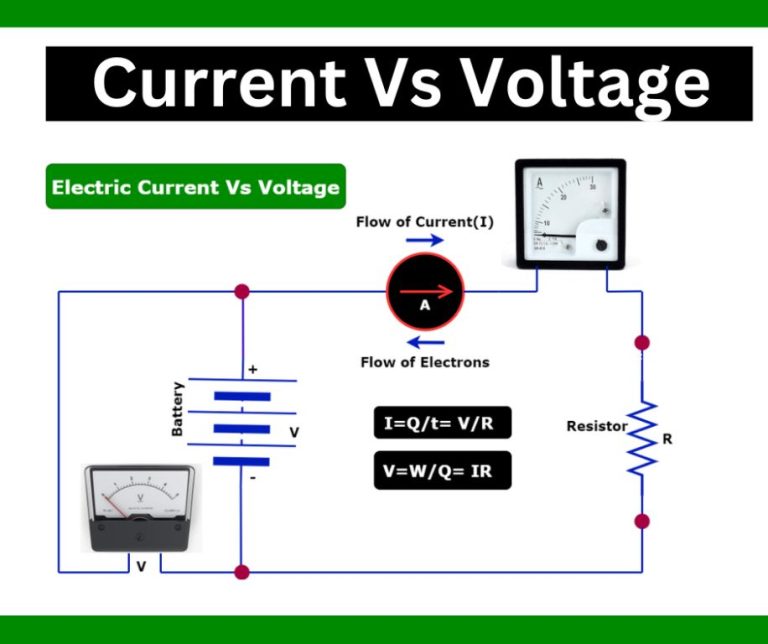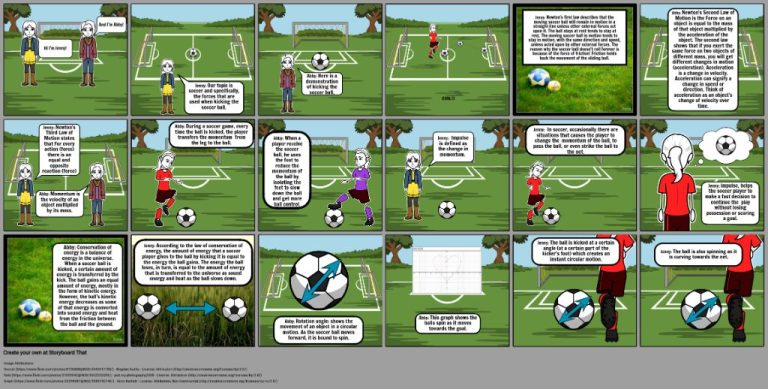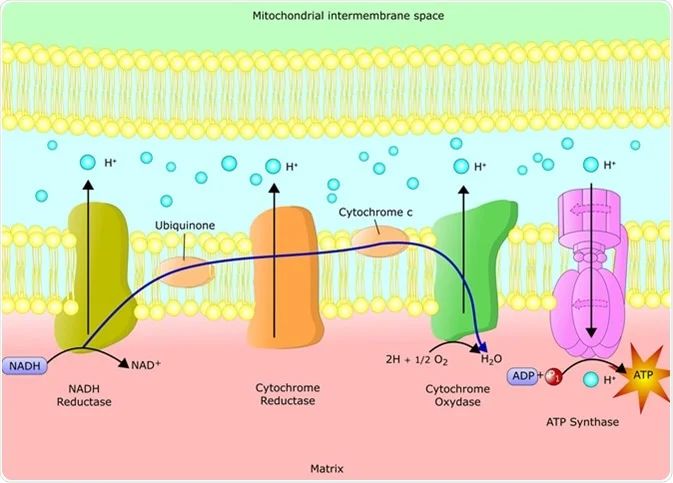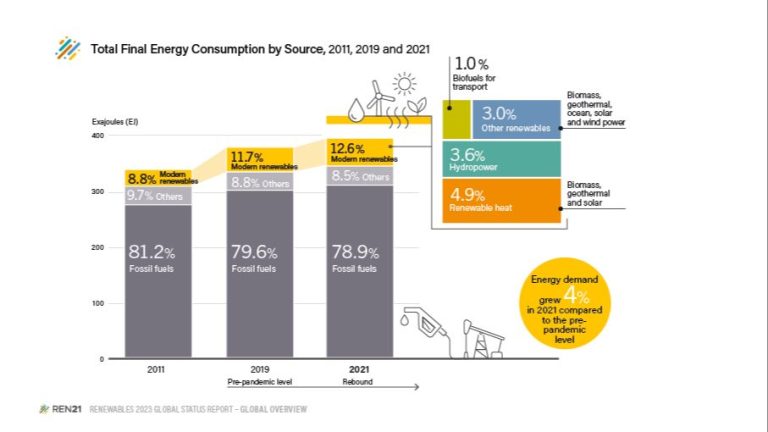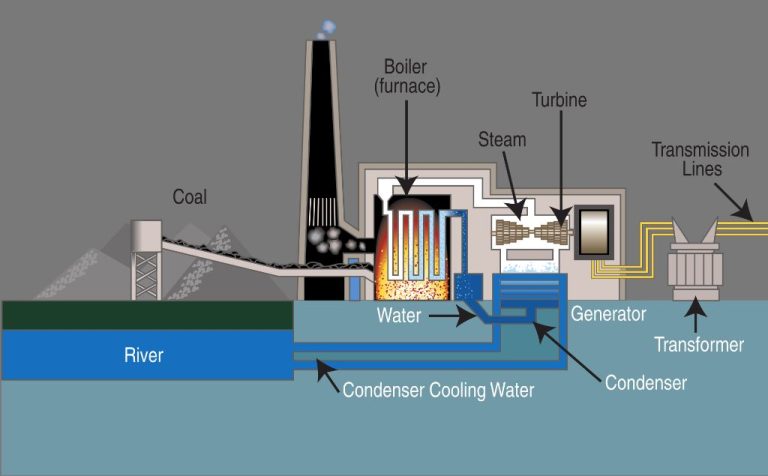What Are The Threats To Green Energy?
High Upfront Costs
A major threat to the growth of renewable energy sources is the high initial investment required to build the infrastructure needed to generate energy from sources like solar, wind, geothermal and more. Constructing large-scale solar farms or wind turbine fields requires substantial capital upfront before any energy can be produced and sold.
Unlike fossil fuel power plants which have more predictable recurring fuel costs, the bulk of the expenditure for renewables comes at the outset. This makes it more challenging to secure financing from investors and lenders who want to see quicker returns. The high upfront costs can slow down adoption and make scaling difficult despite the long-term savings from free renewable energy sources.
With coal, natural gas and other fossil fuels, companies can construct facilities relatively cheaply and begin producing energy almost immediately. This gives fossil fuels an economic advantage compared to capital intensive renewables. Overcoming the high initial investment required is crucial in order for green energy to compete.
Intermittency
Solar and wind power depend on weather conditions and are therefore intermittent sources of energy. The amount of electricity generated at any given time depends on the availability of sunlight or wind, which can fluctuate significantly. This makes the energy supply from renewables inconsistent and unpredictable compared to traditional baseload power plants.
The intermittency of solar and wind poses challenges for integrating them into the electric grid. More energy may be generated at some times than others, which can lead to oversupply issues. At other times, there may not be enough renewable energy available to meet demand, requiring backup from fossil fuels or storage solutions.
To compensate for intermittency, substantial investments are needed in energy storage technologies such as batteries that can store excess renewable energy when available and discharge it when needed. Advanced forecasting tools are also required to better predict renewable energy output. Smoothing out the variability of supply from intermittent sources remains an ongoing challenge for further adoption of solar and wind power.
Grid Integration
Integrating renewable energy sources like wind and solar into legacy electrical grid systems poses challenges. Traditional power plants generate a consistent flow of electricity that matches demand. But renewable resources like wind and solar are intermittent – they generate power only when the wind blows or sun shines. This requires upgrading power grids to balance supply and demand in real time.
Transmission infrastructure also needs upgrading to handle distributed renewable generation. Traditional grids transported electricity from large, centralized plants to population centers. Renewables like rooftop solar generate power at many distributed points. This requires modernizing the grid with technologies like smart meters and better transmission lines to handle two-way flows of electricity.
Subsidies for Fossil Fuels
One of the biggest threats to the growth of green energy is that fossil fuels continue to receive enormous government subsidies, making it difficult for renewables to compete on price. According to the International Energy Agency (IEA), global subsidies for fossil fuels amounted to over $400 billion in 2020.
These subsidies take various forms such as tax breaks, direct budgetary transfers, and preferential access to resources. They allow fossil fuel companies to sell their products for much cheaper than their real market price. This creates an uneven playing field where renewables have to compete against artificially lowered costs for polluting forms of energy.
Without having to factor in the full costs of negative externalities like environmental damage, fossil fuels appear deceptively cheap. The subsidies allow coal, oil and natural gas to remain the incumbent energy sources that dominate most markets. This distorts price signals and slows the transition to cleaner alternatives.
Phasing out fossil fuel subsidies and establishing a true level playing field would significantly help renewable energy compete on its merits and accelerate the global energy transition. But overcoming the entrenched political interests that want to maintain the status quo remains an uphill challenge.
Regulatory Burdens
The green energy industry often faces restrictive and complex regulations that hinder development and deployment. Obtaining permits, land use approvals, and meeting zoning requirements can involve lengthy bureaucratic processes at the local, state, and federal levels. There is often red tape around siting and grid connection as well. The regulatory environment lacks coordination, with different rules across jurisdictions leading to high transaction costs and uncertainty for developers and investors.
For example, permitting for wind and solar projects can drag on for years before approval. Fossil fuel generators are treated more favorably under many existing regulations. Renewable energy is sometimes excluded or outright banned in certain areas due to zoning codes. Utilities may impose prohibitive fees or complex processes for distributed energy connections to the grid. These hurdles drive up costs, hamper scalability, and deter investment in green energy.
Streamlining regulations and establishing uniform standards could accelerate renewable energy growth. Policy reforms that remove red tape, while balancing local concerns, are needed. Industry also desires greater regulatory certainty. Addressing burdensome regulations is key for green energy to compete on a level playing field.
Geographical Constraints
The nature of renewable energy sources like solar and wind is that they depend on natural conditions that are location-specific. The best areas for harnessing solar and wind power are often located in remote areas far from population centers where the energy demand is highest.
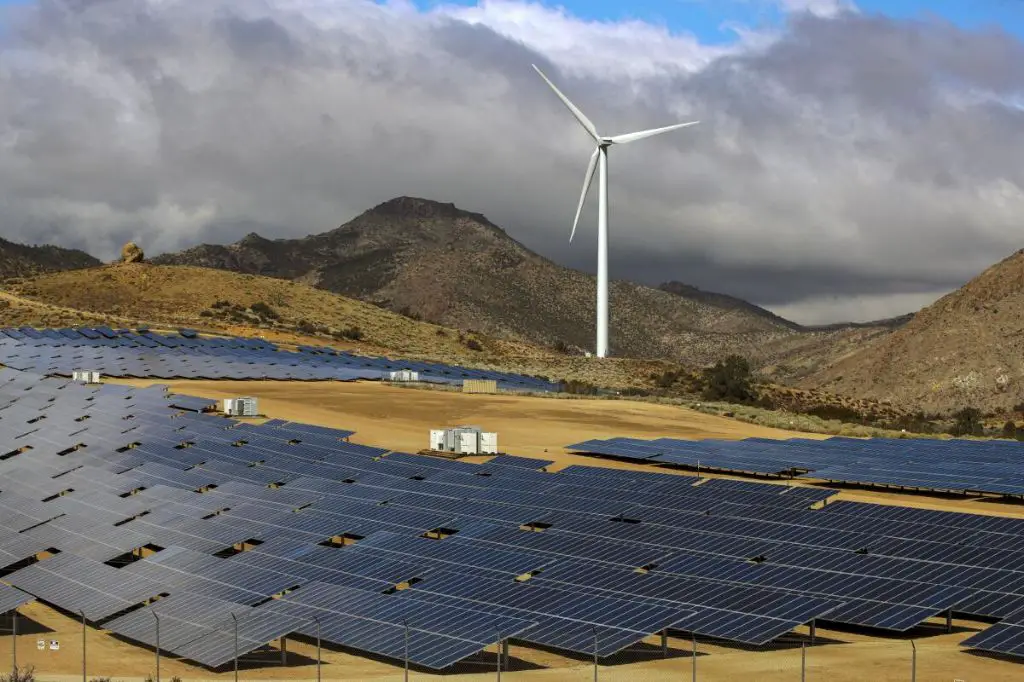
Building massive utility-scale renewable energy projects like giant wind or solar farms requires a lot of open land. However, finding appropriate sites close to cities and existing transmission infrastructure can be very difficult. Proposed projects often face major siting challenges due to concerns over viewsheds, wildlife impacts, or land use conflicts. This can make permitting complex and delay projects for years.
Public Perception
One of the biggest threats facing the adoption of green energy is public perception. Many people are skeptical or have misconceptions about renewable energy sources. This is often driven by a lack of familiarity with the technology. Wind turbines in particular have faced pushback in some communities over concerns that they are visually unappealing or will lower property values. Solar farms also sometimes draw criticism over their aesthetics. This “NIMBY” (Not In My Backyard) attitude presents challenges for green energy developers and proponents. They must work to educate the public and address these perceptions. As people become more familiar and comfortable with renewable technologies through increased exposure, public opinion tends to improve over time. But overcoming that initial lack of acceptance remains an obstacle in expanding green energy.
Incumbent Resistance
The fossil fuel industry has historically opposed the growth of renewable energy. Major oil, gas, and coal companies have significant investments in maintaining the status quo of fossil fuel dominance. They stand to lose market share and profitability as renewables gain wider adoption.
These incumbent interests use lobbying, political donations, and influence campaigns to resist policies that would spur renewable growth. They spend millions on misleading marketing and advocacy against green energy solutions.
Fossil fuel companies also fund think tanks, front groups, and biased research to spread misinformation about renewables. This includes exaggerating their costs, questioning their reliability, and downplaying their benefits for the climate.
By swaying public opinion and policymakers against renewables, incumbent fossil fuel players slow the transition away from coal, oil, and gas. Their obstructionism poses a threat to the expansion of green energy worldwide.
Supply Chain Bottlenecks
The development of renewable energy technologies like solar and wind power often rely on long and complex supply chains for raw materials, components, and finished products. Disruptions at any point in these supply chains can cause major delays and shortages.
For example, the COVID-19 pandemic severely disrupted global supply chains and made it difficult to obtain solar panels, wind turbines, batteries, and other key components. Shortages of semiconductors and microchips also affected the availability of inverters, smart meters, and control systems used in renewable energy projects. The Russia-Ukraine war further strained supplies of neon gas critical to semiconductor manufacturing.
Solar panels require various metals like silicon, silver, and copper as well as glass, plastics, and aluminum for the frames. Shortages or price spikes for any of these materials slows panel production and raises costs. There are also concerns about future supplies of rare earth metals used in permanent magnets for wind turbines and electric vehicle motors.
Batteries for energy storage rely on lithium, cobalt, nickel, and other critical minerals that face supply uncertainties and geographic concentration of production. This makes battery costs susceptible to price shocks. Recycling and new battery chemistries could alleviate risks longer-term.
Overall, supply chain vulnerabilities threaten to delay the transition to renewable energy. Policymakers and businesses are exploring strategies like domestic manufacturing, stockpiling of minerals, and circular economy practices to make renewable energy supply chains more resilient.
What are the threats to green energy?
Security Vulnerabilities
The transition to smart grids and distributed energy creates new cybersecurity risks. Smart meters, solar inverters, battery storage systems, and other grid-edge devices can be vulnerable to hackers. Attackers could exploit these systems to cause blackouts, manipulate energy prices, or even damage equipment. Utility companies need to implement rigorous cybersecurity standards to guard against threats. Physical security is another concern, as remote solar and wind installations can be targets for vandalism and theft. Unmanned facilities in rural areas require surveillance systems and security personnel to protect assets. As renewable energy infrastructure expands, guarding against cyber-attacks and physical threats becomes vitally important.

